Share This
Pulses? They have nothing to do with beating hearts, other than providing a multitude of benefits to overall health. Pulses are the foods you probably know as dry peas, beans, lentils, and chickpeas. While Oldways has long celebrated and promoted eating pulses (as they are a staple in many heritage diets), the United Nations declared 2016 the International Year of Pulses to heighten public awareness of the nutritional, economic, and environmental benefits of these little beans. But just how good are they, really? For starters…
- Pulses are an important source of fiber, amino acids, vitamins, minerals, and plant-based protein. They can help manage chronic diseases such as diabetes, coronary conditions and cancer.
- Protein sourced from pulses costs one-fifth as much as protein from milk. They are inexpensive to buy, they have a long shelf-life, and they keep you satisfied for longer than many other foods. A study in Obesity found that eating a meal with pulses, which include beans, made study participants feel more full than a meal without pulses.
- Pulses have a positive impact on the environment because they fix nitrogen in the soil, increasing soil fertility. They also help increase organic matter and microbial biomass and activity (e.g. bacteria, fungi) in the soil. For this reason, they play a key role in crop rotation and the health of the planet.
- There are so many ways to eat and enjoy pulses! Check out our 12 Great Ways to Use Hummus and 12 Great Ways to Use Lentils.
Pulses were immensely important during historic times. Unlike other plant foods, they could be easily stored in their dried form and offered an unparalleled amount of plant protein. From African black-eyed peas and Latin American black beans to French cassoulet and Asian lentil curries, pulses have always been the humble backbone of healthy cuisines, which we shared with Everyday Health in this recent article about, you guessed it, pulses.
One initiative of the International Year of Pulses is the Pulse Pledge, which is a 10-week commitment to eat pulses once a week and signs you up to receive great tips, recipes, and more. We took the pledge and invite you to join us! Take the Pulse Pledge here.
Just last week, in true Oldways style, we participated in the global Pulse Feast Day by holding an in-office potluck. We made and devoured pulse dishes from around the world, all of which featured a variety of pulses (see above photo from our Instagram account). Check out the recipes below from our Pulse Potluck and let us know what your favorite pulse recipes are in the comments below!
This post was inspired by our Fresh Fridays newsletter. Sign up to receive the newsletter, which includes Mediterranean Diet recipes, nutrition info, resources, and more (bi-weekly).
Pasta e Fagioli (Soup with Pasta, Beans, and Vegetables)
This traditional Italian soup is hearty, satisfying, and loaded with goodness. Use any vegetables you’d like, or try red beans instead of white. Small pasta shapes (ditalini or macaroni) work well in this soup. Get the recipe here.
Black-Eyed Peas Salad
Black-eyed peas have long been symbolic in African American culture and cuisine, and are traditionally eaten at New Years to bring good fortune. This heritage recipe requires no cooking and brings crisp, bright flavor to any table. Get the recipe here.
Fiesta Quinoa Salad
This Latin American-inspired dish incorporates traditional flavors like lime juice, cilantro, and cumin, and of course black beans. Serve this colorful salad on a bed of leafy baby greens, or alongside grilled veggies. Get the recipe here.

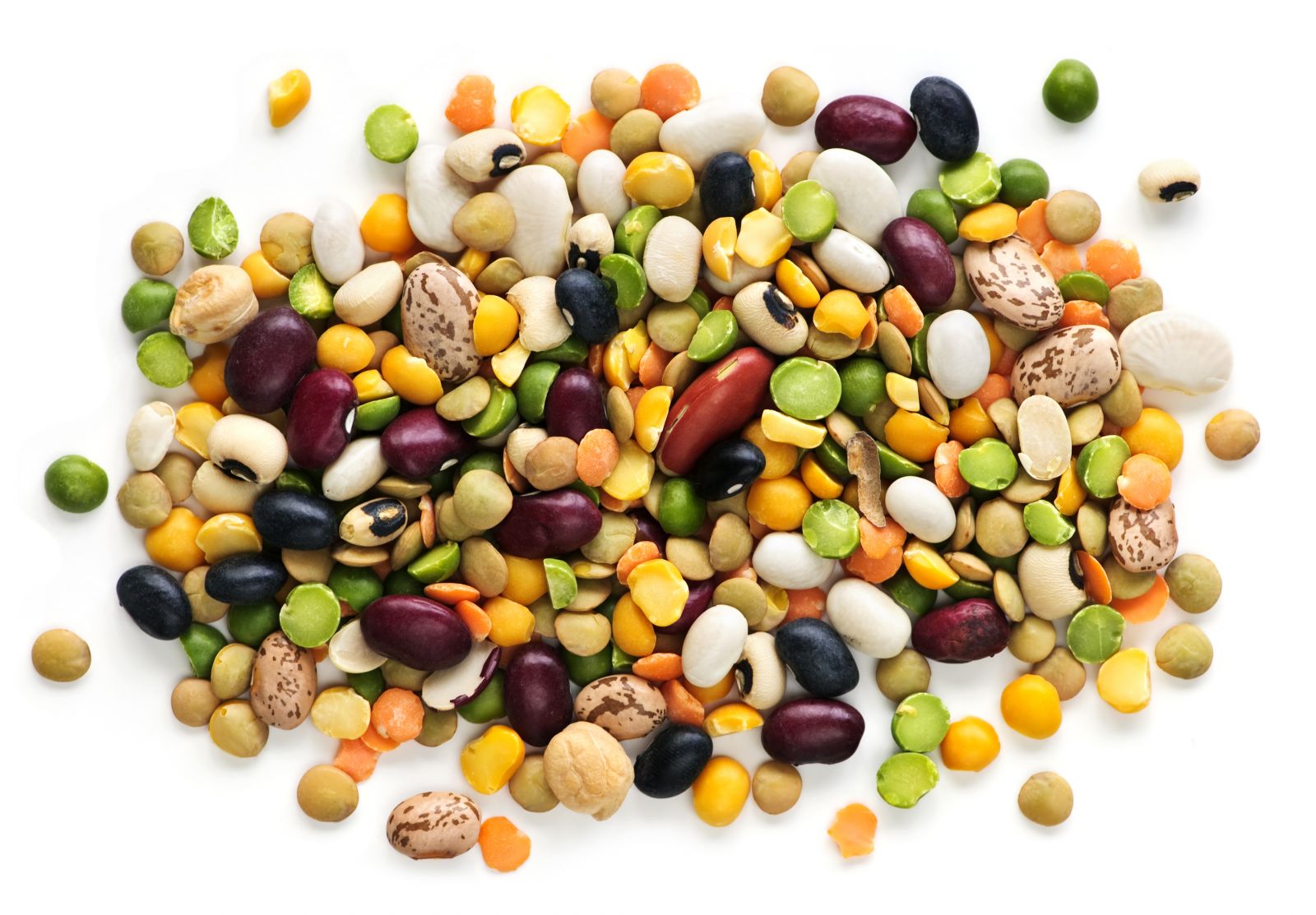
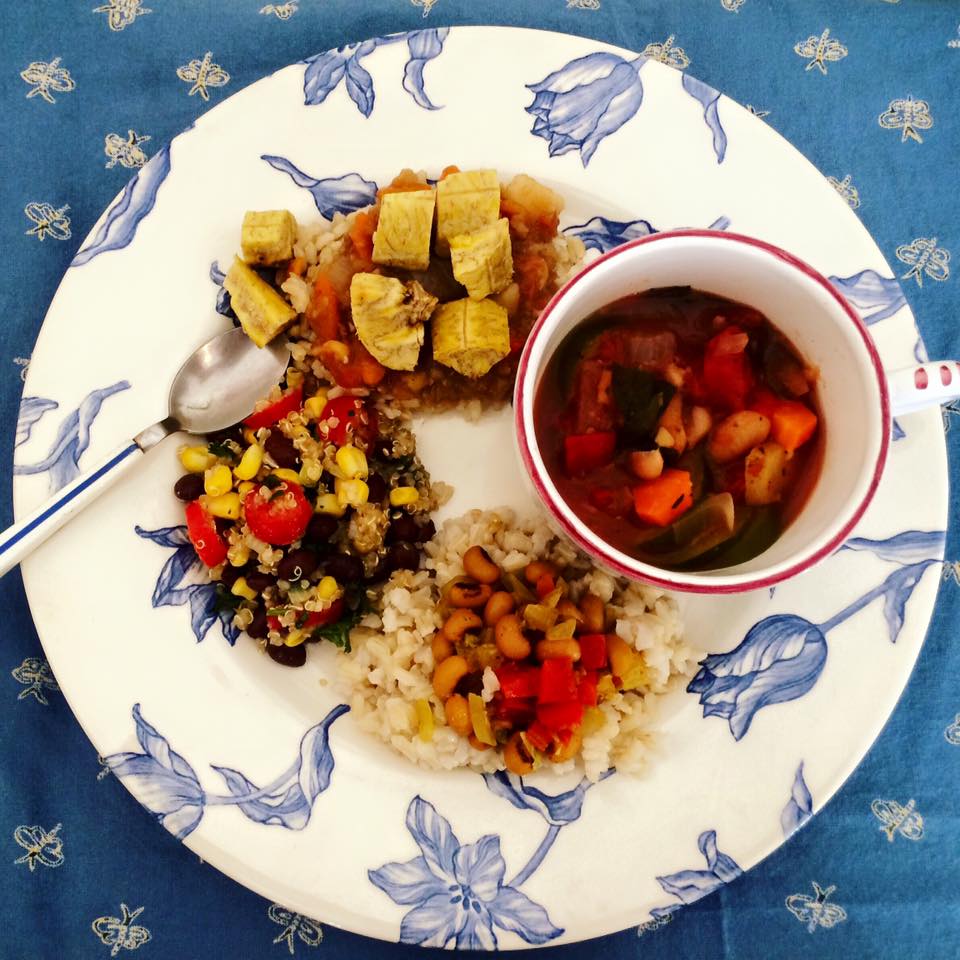
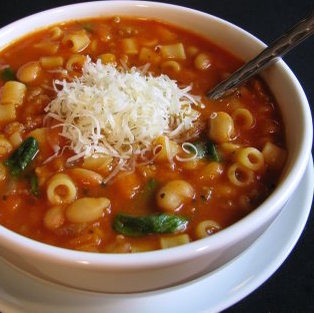
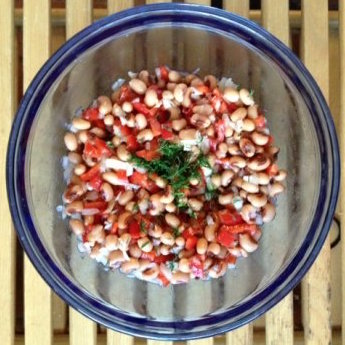
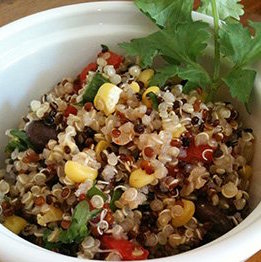
Add a Comment